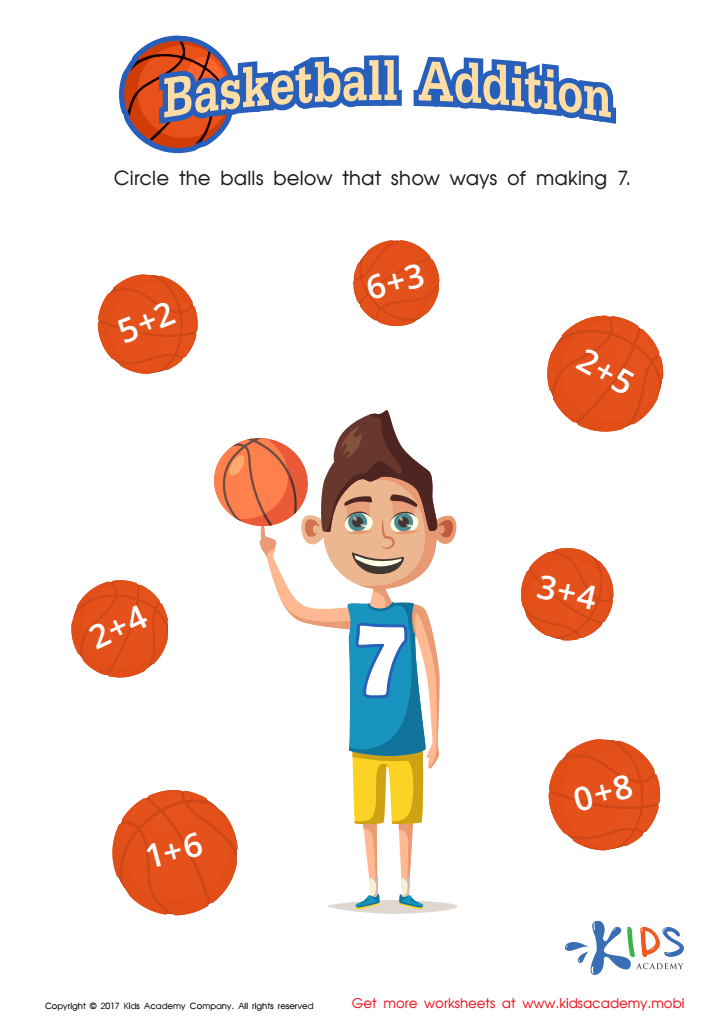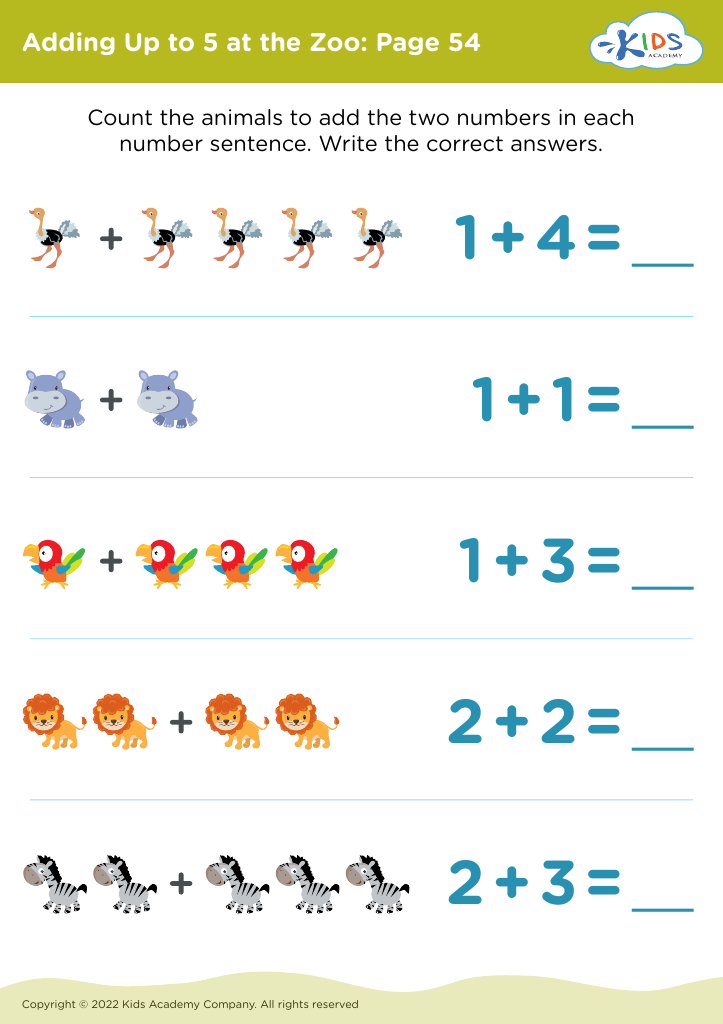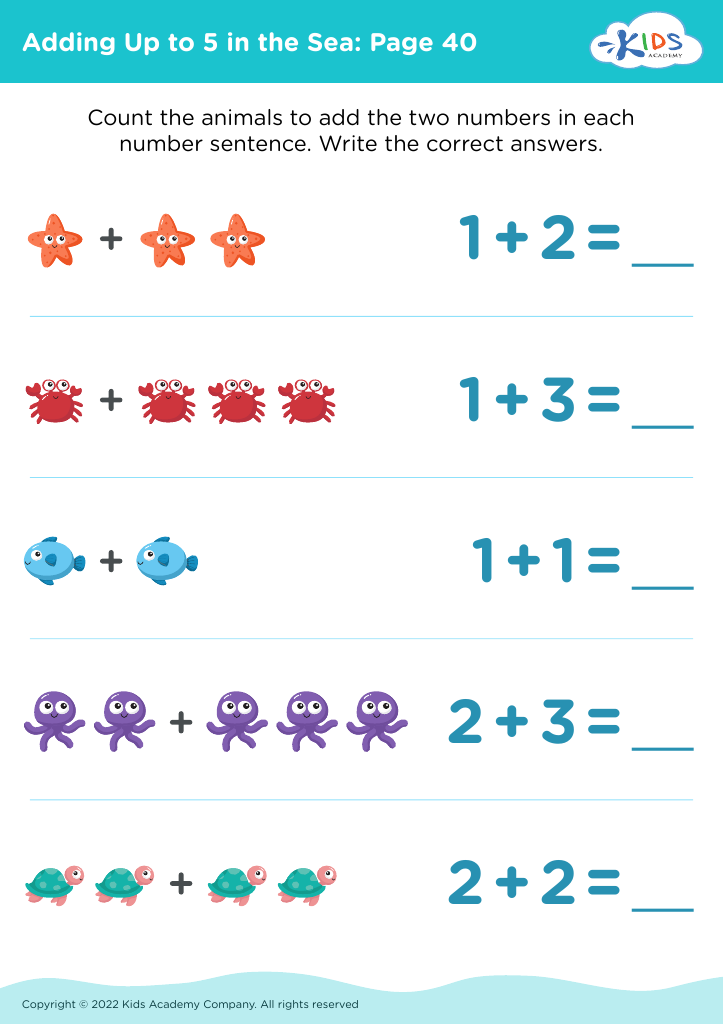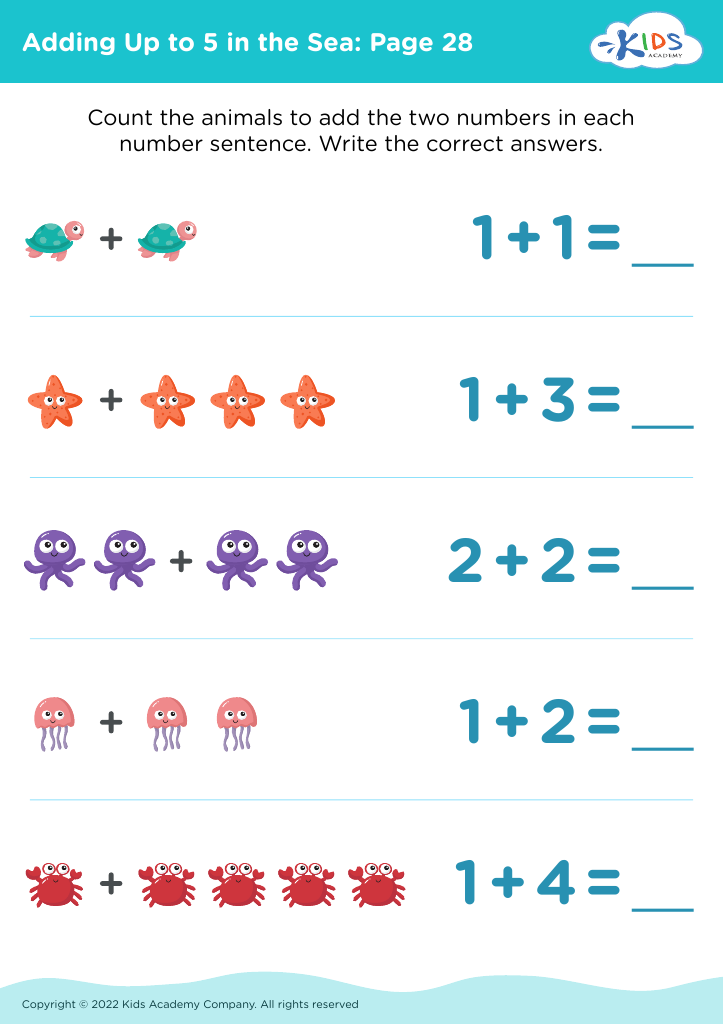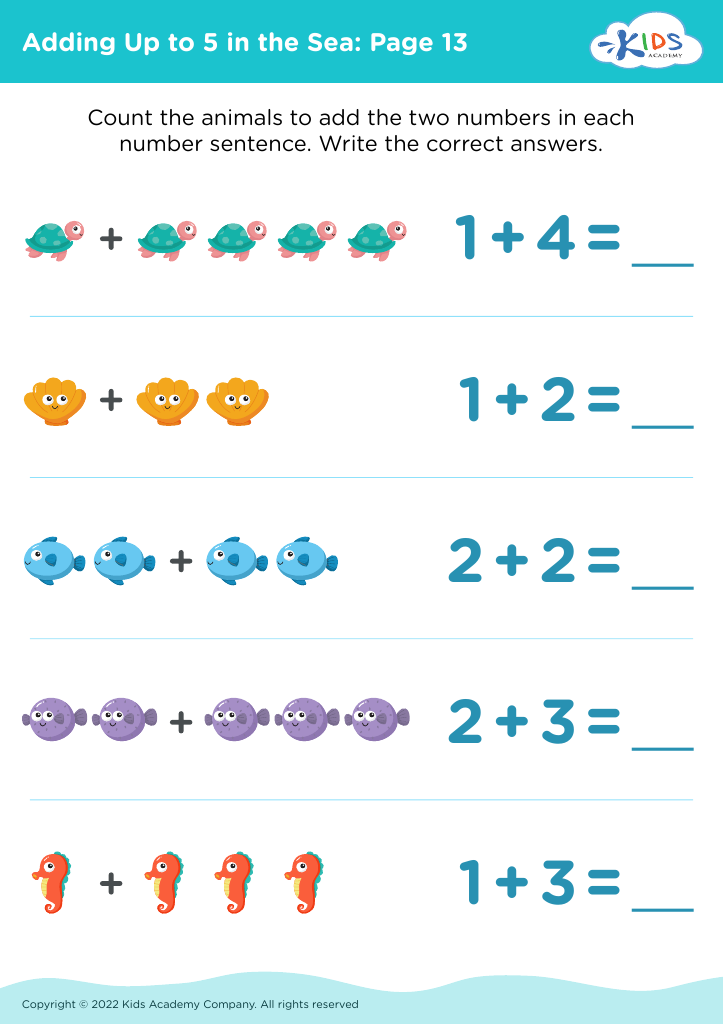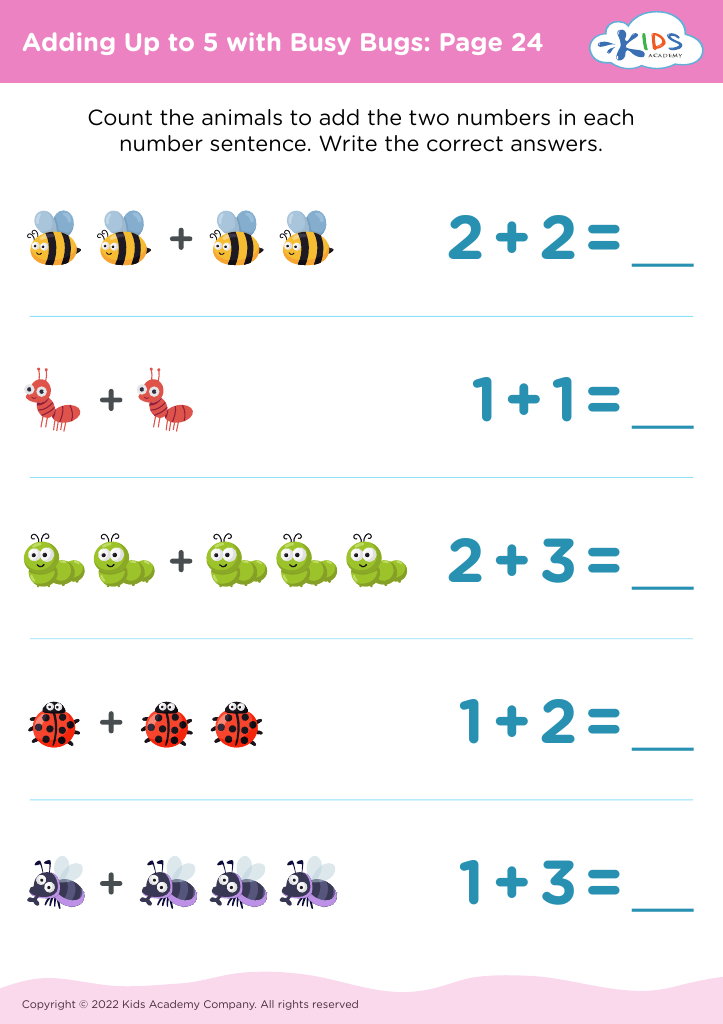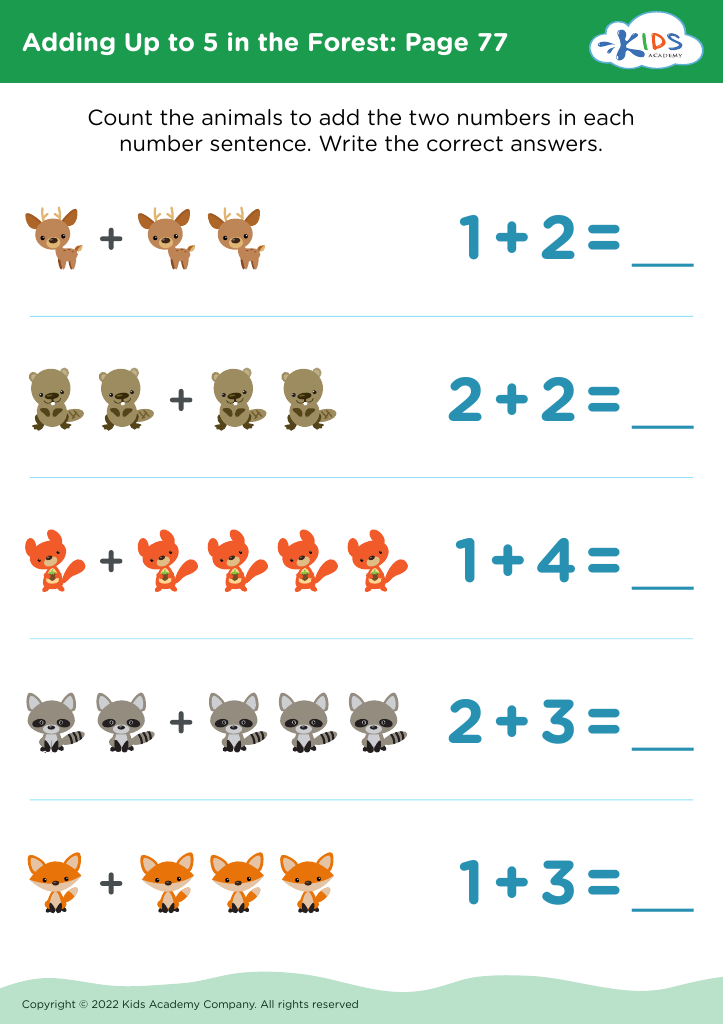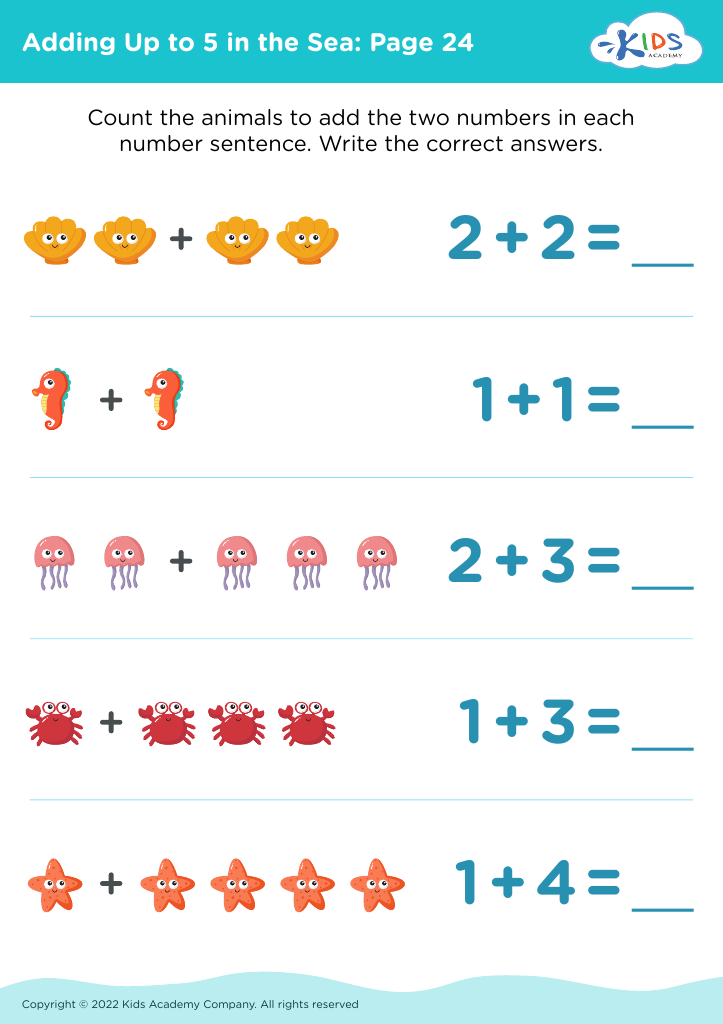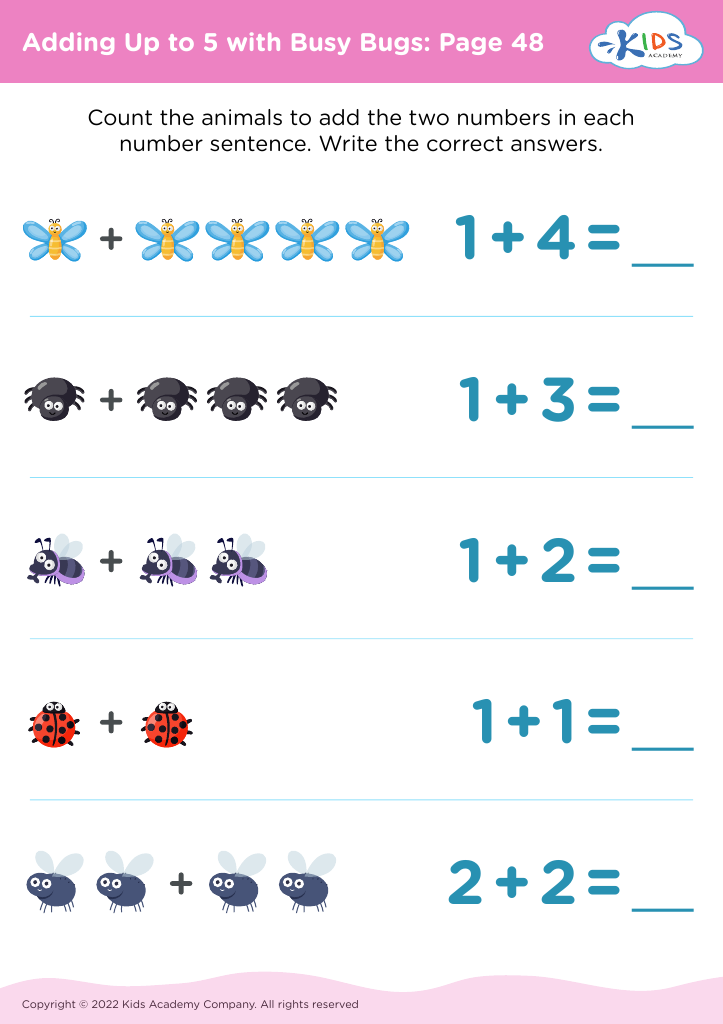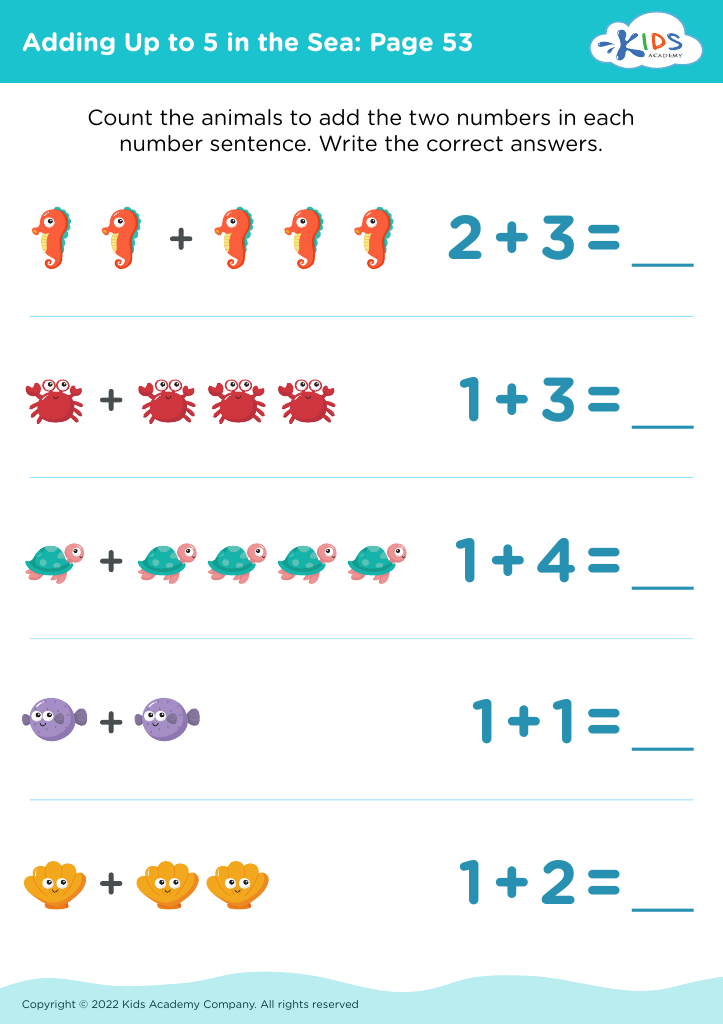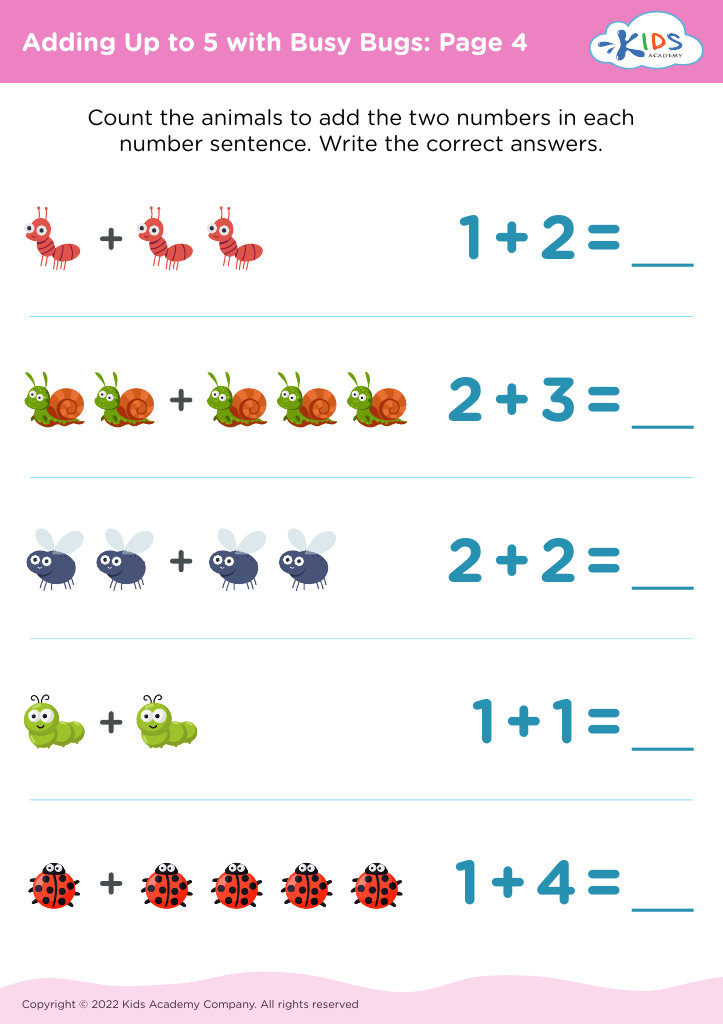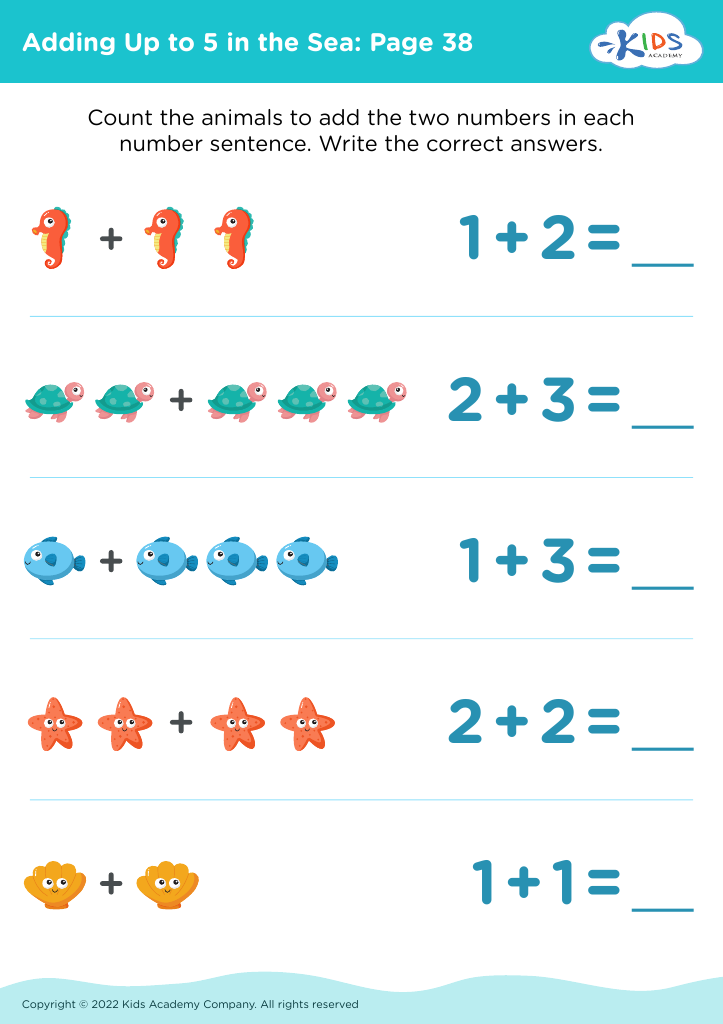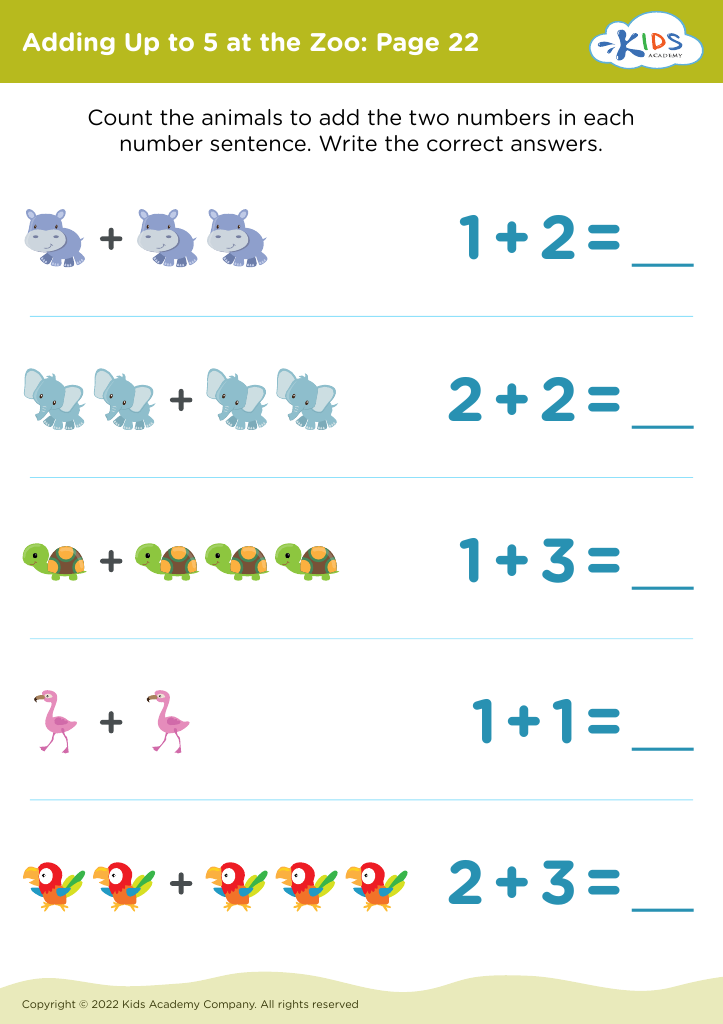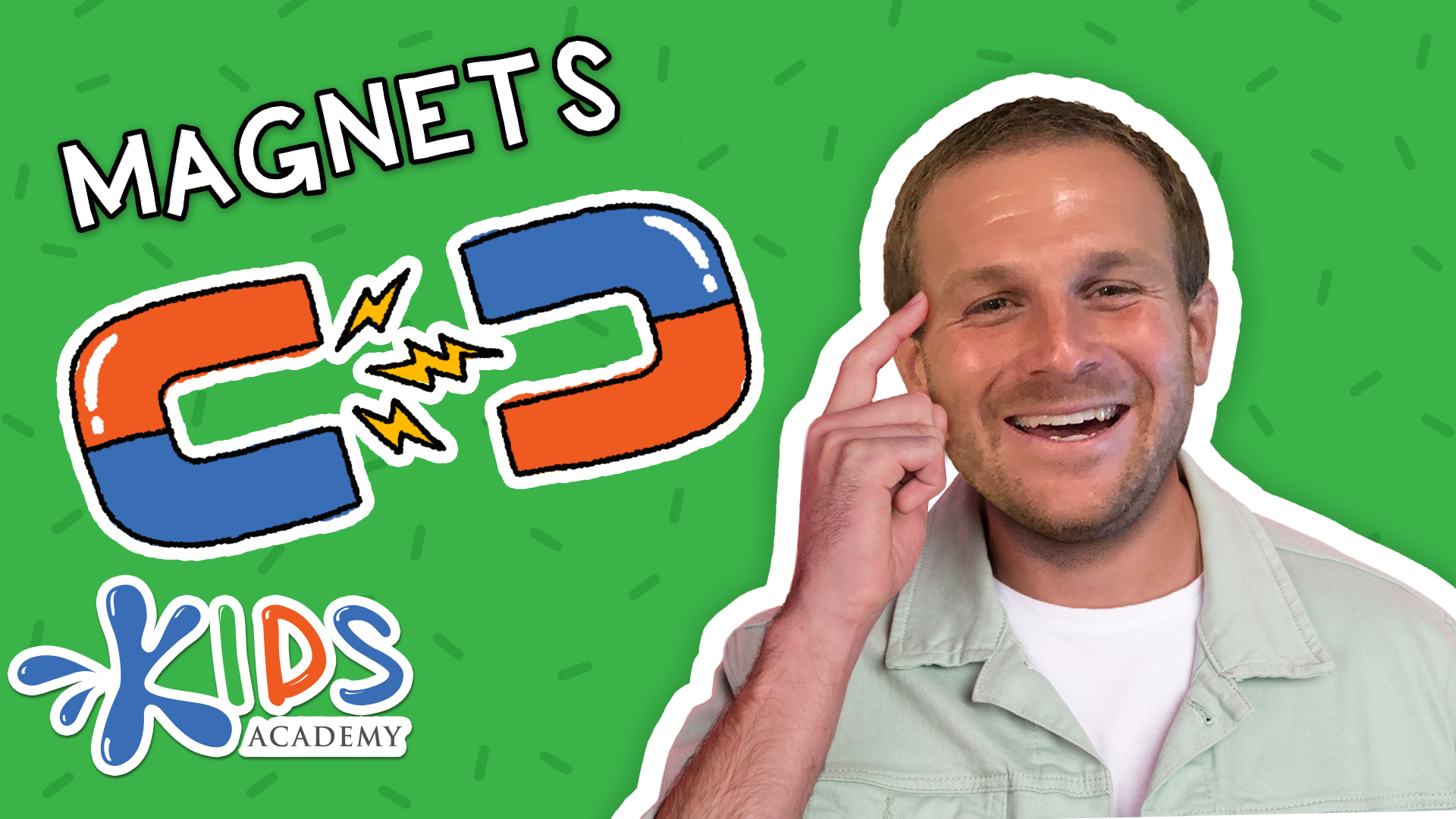Cognitive Development Worksheets for Ages 4-5
197 filtered results
-
From - To
Discover our engaging Cognitive Development Worksheets for ages 4-5, designed to spark creativity and enhance critical thinking skills in young learners. These thoughtfully crafted activities support essential cognitive abilities such as memory, problem-solving, and pattern recognition. Ideal for both home and classroom use, our printable worksheets encourage interactive learning through fun puzzles, matching games, and visual exercises that captivate children's imaginations. Parents and educators will appreciate the alignment with early learning standards, making it easy to monitor progress while fostering a love for learning. Dive into our resourceful collection and help your little ones build a strong cognitive foundation today!


Red and Blue Coloring Fun Worksheet
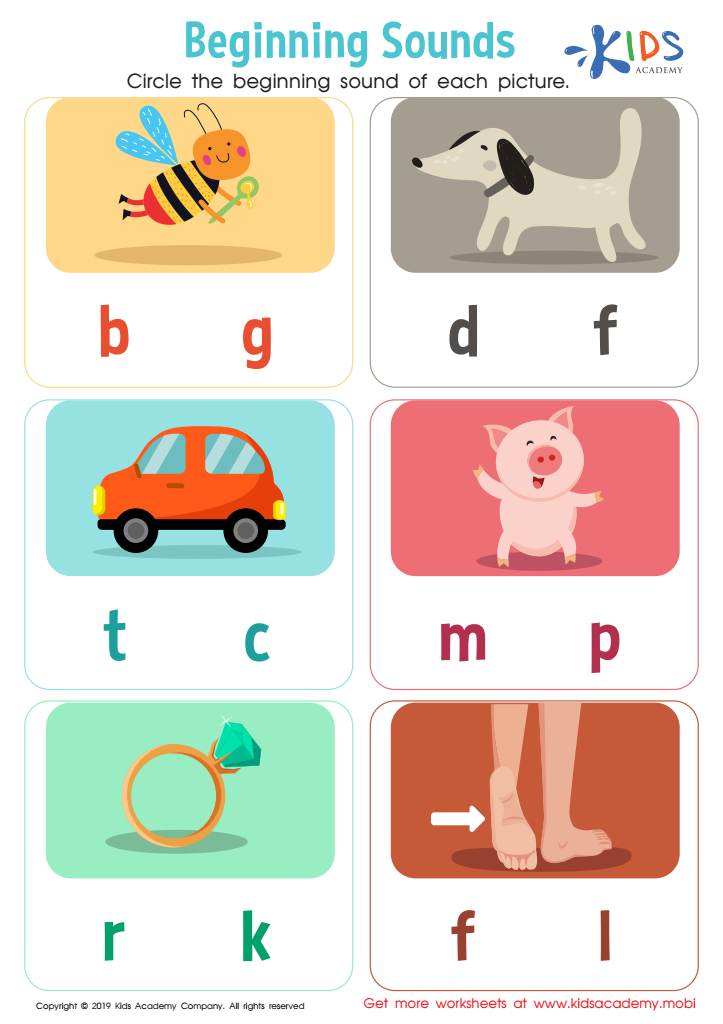

Beginning Sounds Worksheet
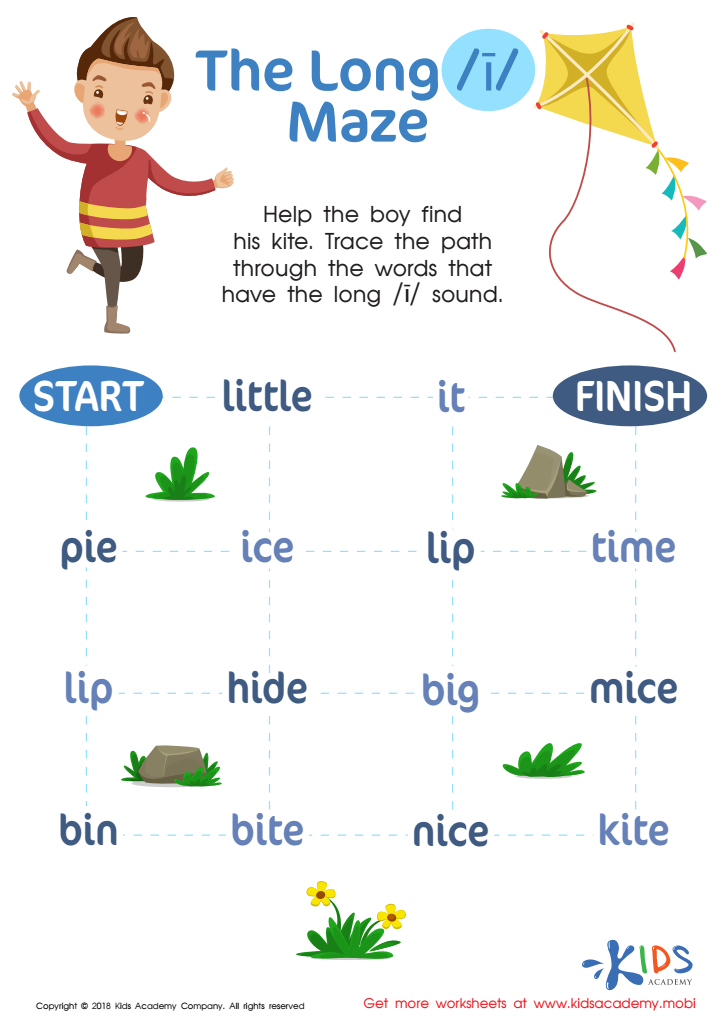

The Long I Maze Reading Worksheet


Count Winter Things Worksheet
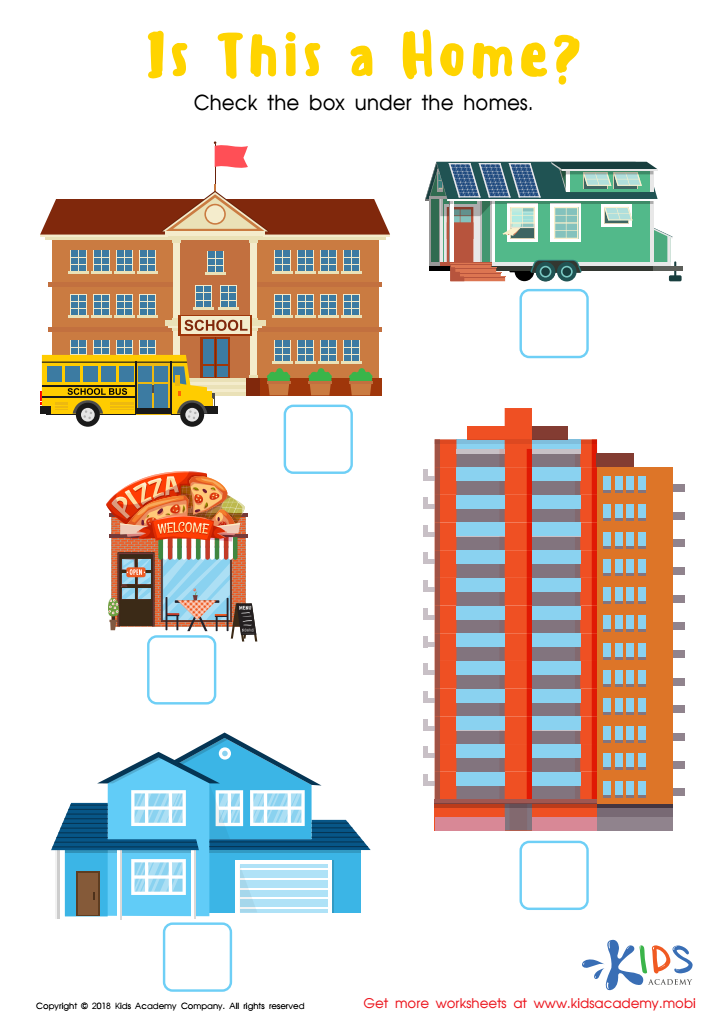

Is this a Home? Worksheet
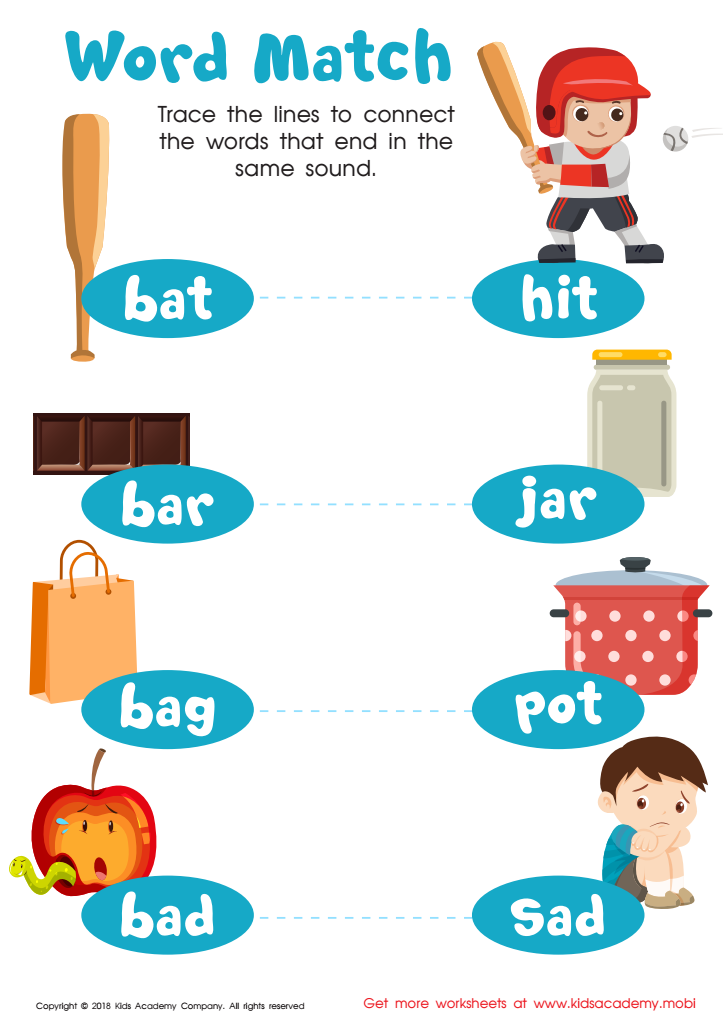

Word Match Reading Worksheet
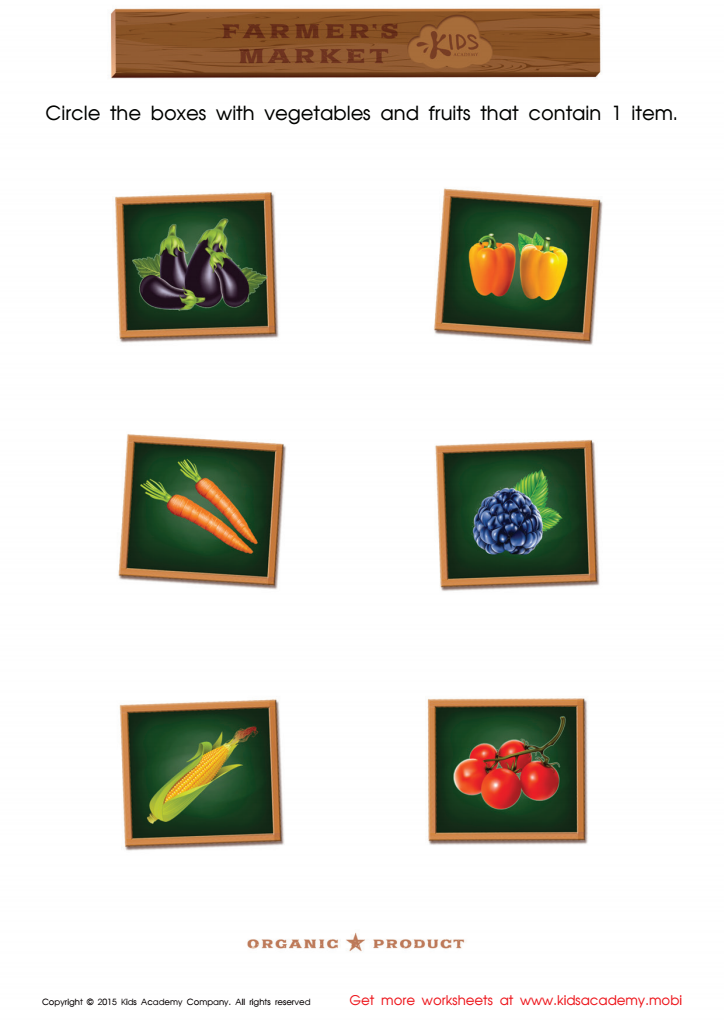

Count and Match Boxes with Vegetables
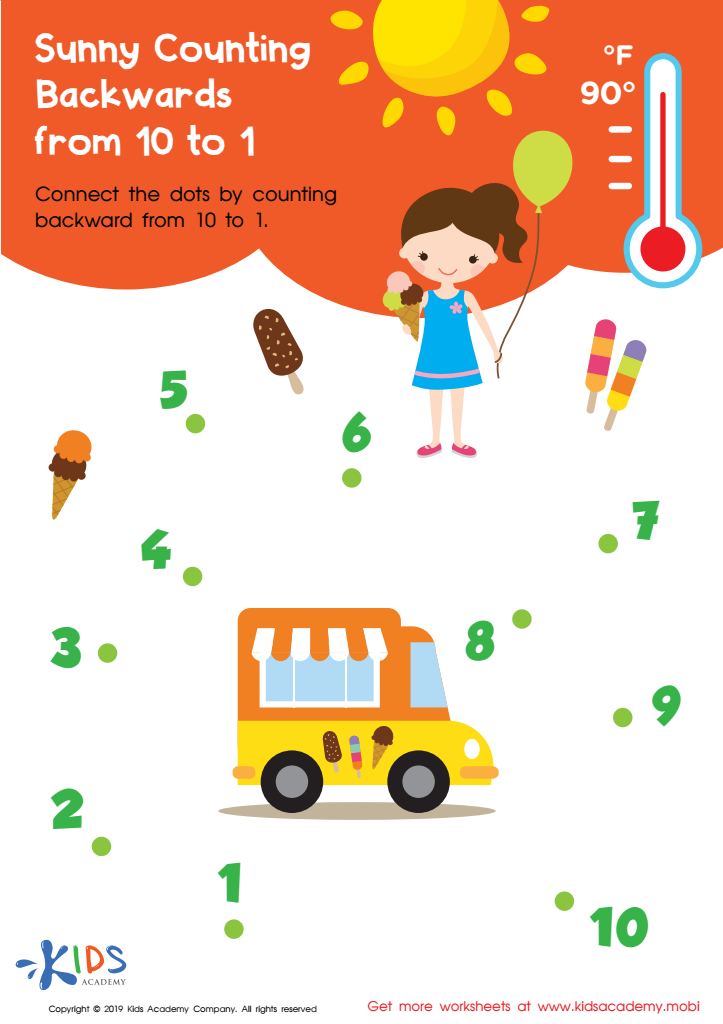

Sunny Counting Backwards from 10 to 1 Worksheet
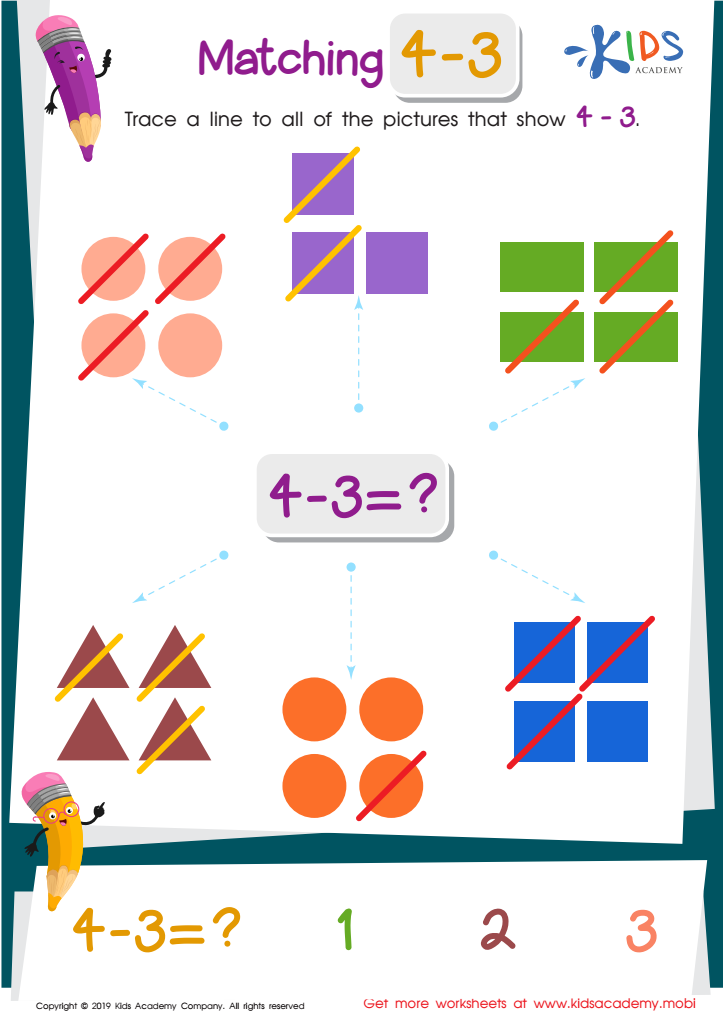

Matching 4 – 3 Worksheet
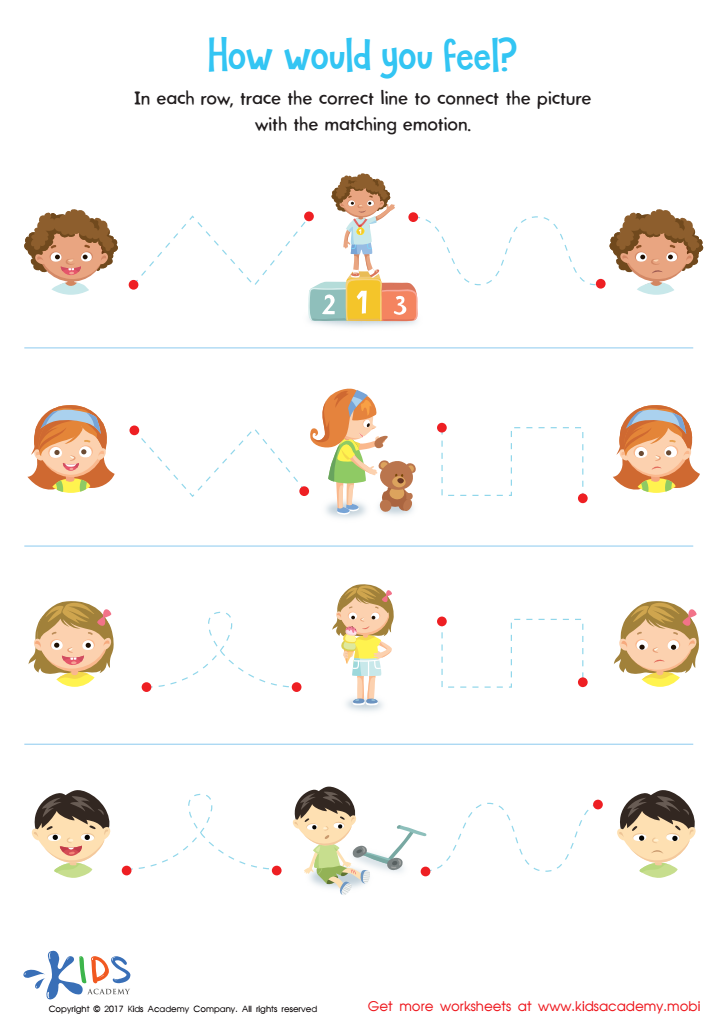

Feelings and Emotions Worksheet
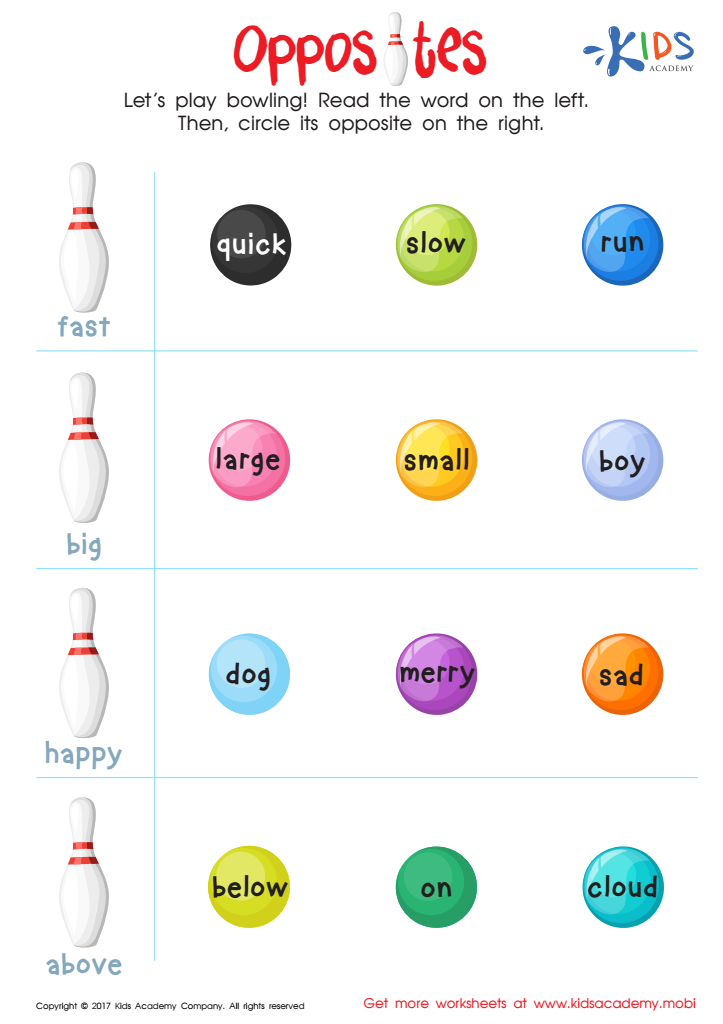

Opposites Worksheet
Cognitive development during ages 4-5 is a crucial stage in a child's growth, as it significantly influences their ability to think, learn, and understand the world around them. At this age, children begin to develop vital skills such as problem-solving, memory, and basic reasoning. Parents and teachers should care about this developmental stage because it lays the groundwork for later learning and academic success.
Engaging children in activities that promote cognitive skills—such as storytelling, puzzles, and interactive games—helps enhance their language abilities, creativity, and critical thinking. When children grasp concepts like cause and effect or classification of objects, they become more equipped to navigate complex situations in the future.
Moreover, cognitive development directly affects social interactions. As children learn to think critically, they also improve their communication skills and emotional understanding, which are vital for building relationships. Early support in this area can help identify any learning challenges, opening pathways for timely interventions.
By fostering a stimulating environment that encourages curiosity and exploration, parents and teachers play a fundamental role in nurturing well-rounded, confident learners who are prepared to embrace the educational experiences that lie ahead. Investing in cognitive development at this tender age means investing in a brighter future for our children.
 Assign to My Students
Assign to My Students
